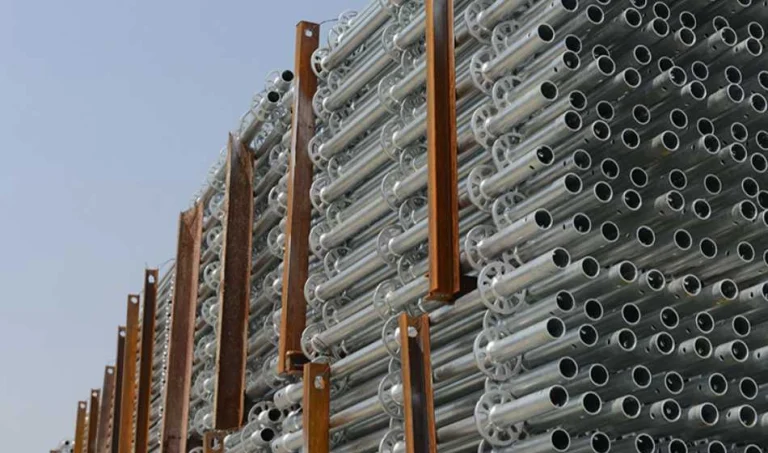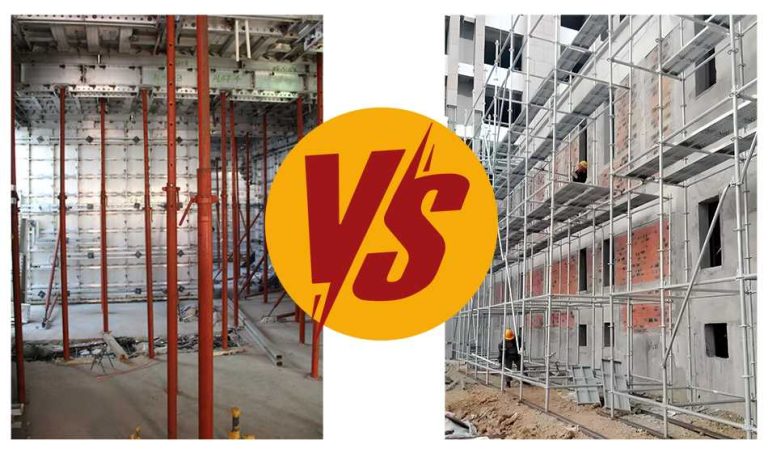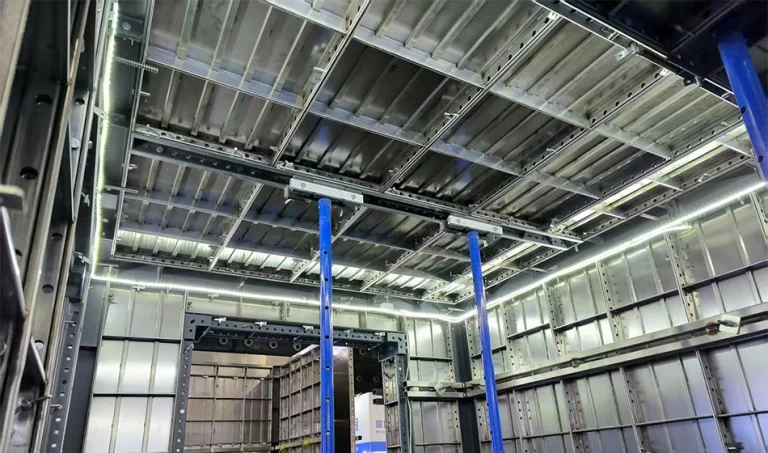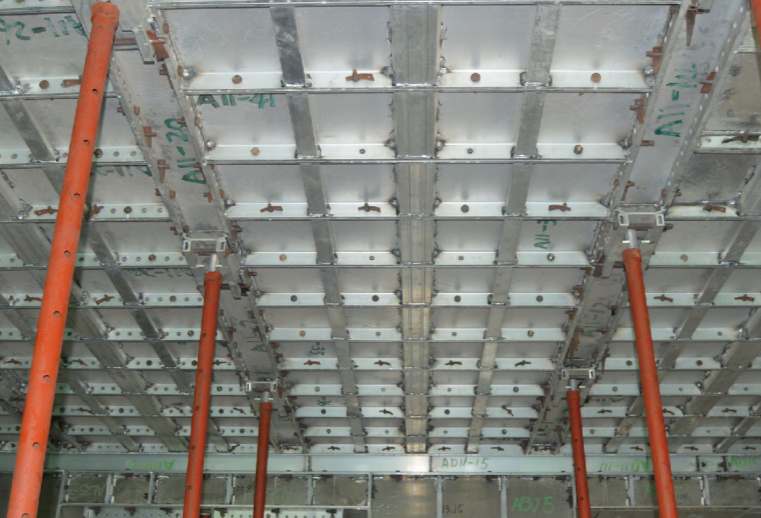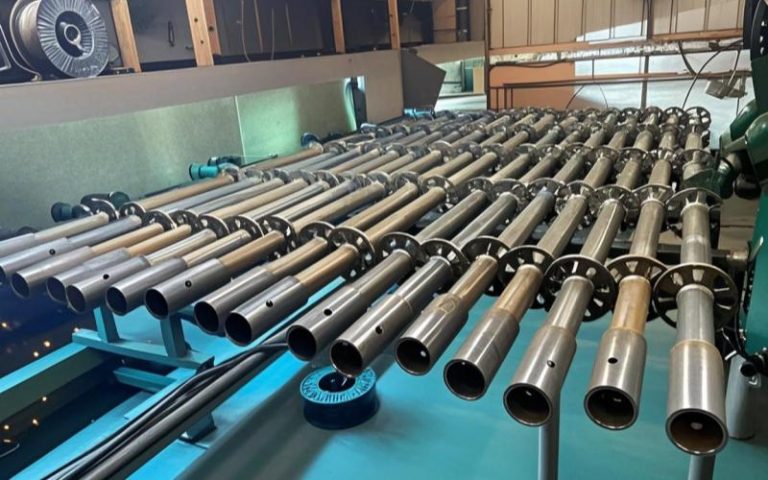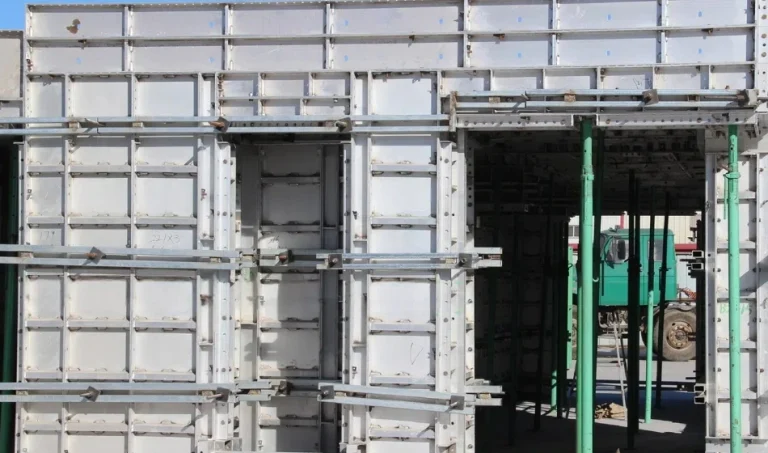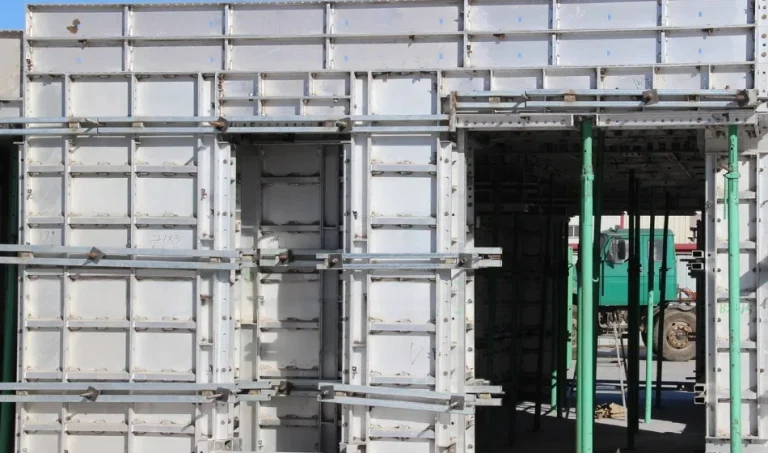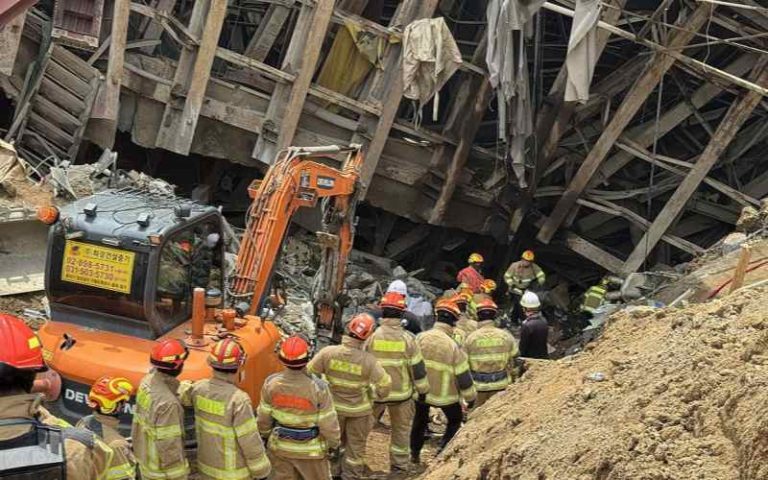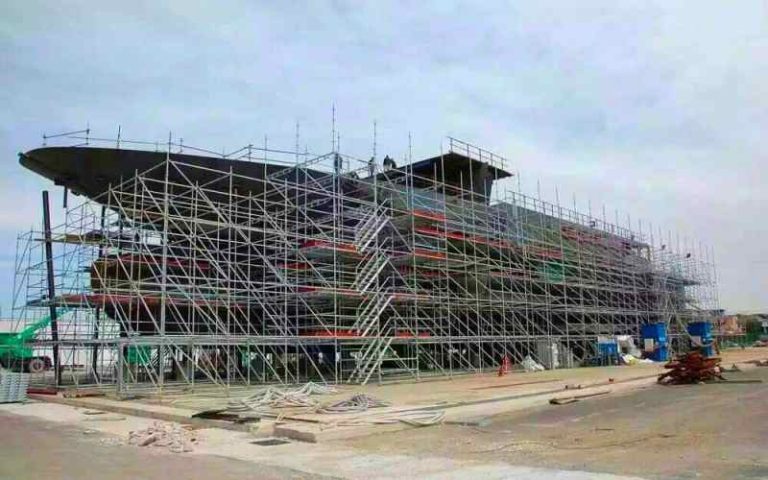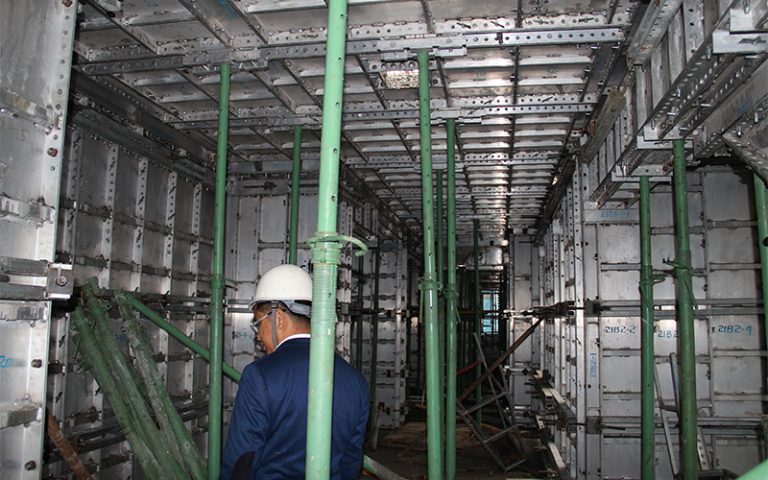How Are Automation and Robotics Reshaping Concrete and Formwork Processes?
Key Changes in On-Site Concrete Forming Techniques
The construction industry has changed greatly. Traditional timber or steel formwork is now less common. Aluminum formwork is taking over. This system uses aluminum alloy profiles as the main material. It is made through machining and welding. It suits concrete projects well. This change improves efficiency. It also prepares the way for automation and robotics. These handle labor-heavy tasks.
Prefabricated parts now fit into formwork systems. Aluminum components are made with exact sizes. This ensures steady shape and surface quality across floors. Such precision helps robotic systems. They perform repeated tasks accurately. This reduces the need for manual work.
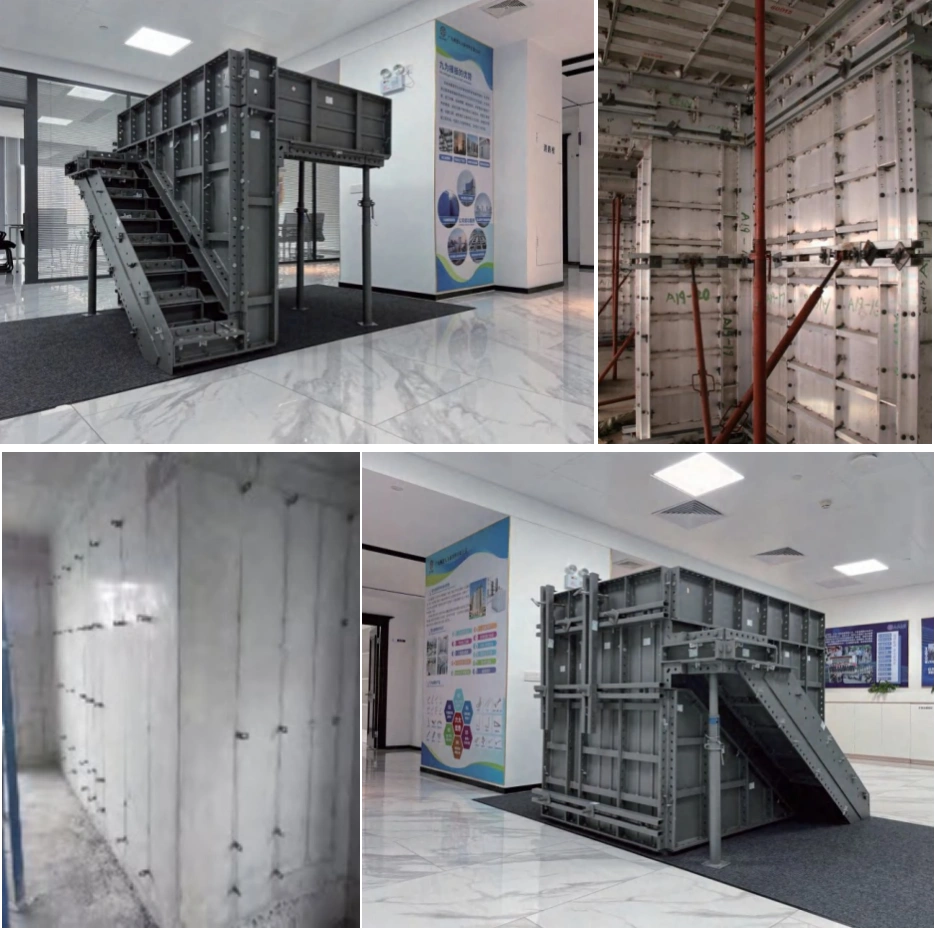
The Role of Robotics in Reducing Manual Labor
Robotics greatly cuts manual work in formwork. Robotic arms place panels, tie rebar and pour concrete. They need little human help. This boosts output. It also eases the physical strain on workers. This is key for large or repeated tasks.
Automated formwork systems speed up setup and removal. They can handle 60KN/m² concrete pressure. They allow one-time pouring for vertical and horizontal structures. Horizontal parts can be removed early. This supports fast construction schedules. Robotics fits well with these systems.
Enhancing Precision and Speed with Automated Systems
Precision matters in concrete work. Automated systems place parts exactly. This avoids errors that could weaken structures. Robots work without tiring. They speed up project timelines.
Machined panels used in High-Strength Stainless Steel Formwork create smooth concrete surfaces. This reduces extra finishing work. Manual labor struggles to match this quality. Automation improves both speed and final results.
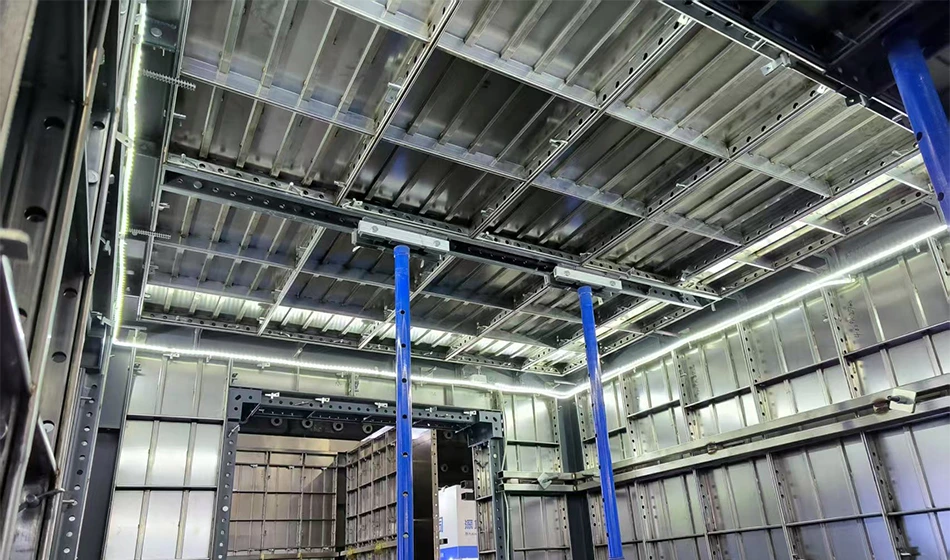
What Are the Main Benefits of Using Automation in Concrete and Formwork?
Improved Safety Conditions for Construction Workers
Construction sites can be dangerous. Automation reduces risks. Robots handle heavy lifting or high-altitude tasks. This lowers accidents from falling objects or strain injuries.
Automated systems also monitor conditions. They spot issues like uneven loads or misaligned parts. This allows fixes before problems grow. Safety improves as a result.
Consistent Quality Across Large-Scale Projects
Automation ensures steady quality. Machines follow exact instructions every time. This creates uniform results across floors or units. It also helps fit plumbing and electrical parts perfectly.
This consistency is vital for big projects. Small errors could cause delays or structural issues. Automation prevents these problems.
Time and Cost Efficiency Through Robotic Integration
Robotics may cost more at first. But they save money over time. They cut labor costs. They also speed up assembly and removal.
Formwork systems have a high reuse rate. This lowers costs per use. It also reduces waste. These savings benefit multiple projects.
Can Robots Handle Complex Concrete Formwork Designs?
Advanced Programming for Custom Geometries
Robots now handle complex shapes. They use advanced programs. These allow curved walls or unique angles. Such designs are hard for human workers to repeat consistently.
Robots follow CAD models directly. They achieve exact precision every time. This suits custom building needs.
Adapting to Irregular Shapes and Architectural Requirements
Modern designs often need unique shapes. Modular systems and robots adapt well. They handle varied sizes and layouts. This meets complex design needs.
This flexibility ensures beauty without losing strength. It also avoids extra labor.
Minimizing Human Error in Complex Assemblies
Complex designs risk human mistakes. Robots avoid this. They follow digital plans exactly. This ensures all parts fit correctly.
This precision cuts rework. It also meets safety standards across projects.
What Challenges Do We Face When Implementing Robotics in Concrete and Formwork?
High Initial Investment and ROI Considerations
Robotic systems cost a lot upfront. Buying and setting them up is expensive. Firms must study project size and frequency to justify costs.
Over time, savings from less labor and waste make up for this. Long-term gains often support the investment.
Training the Workforce for Robotic Collaboration
Robotics changes how workers operate. Staff need training. This includes operators and managers. They must learn to work with machines.
Training programs teach maintenance and problem-solving. This keeps work moving without delays.
Integration with Existing Construction Workflows
Old construction methods may not fit robotics. Changes in scheduling or supply chains are needed. These match the faster pace of automation.
Once set up, these changes boost output greatly. They achieve results that manual work cannot.
Why Is GOWE a Leading Choice for Automated Concrete Formwork Solutions?
Who We Are at GOWE
Our Commitment to Innovation in the Construction Sector
Gowe leads in construction solutions. We focus on new ideas for concrete and formwork. Our products blend engineering skills with practical site use.
Focused Expertise in Concrete and Formwork Technology
GOWE specializes in formwork technology. We develop stainless steel and aluminum systems. Our deep knowledge ensures top-quality products for clients worldwide.
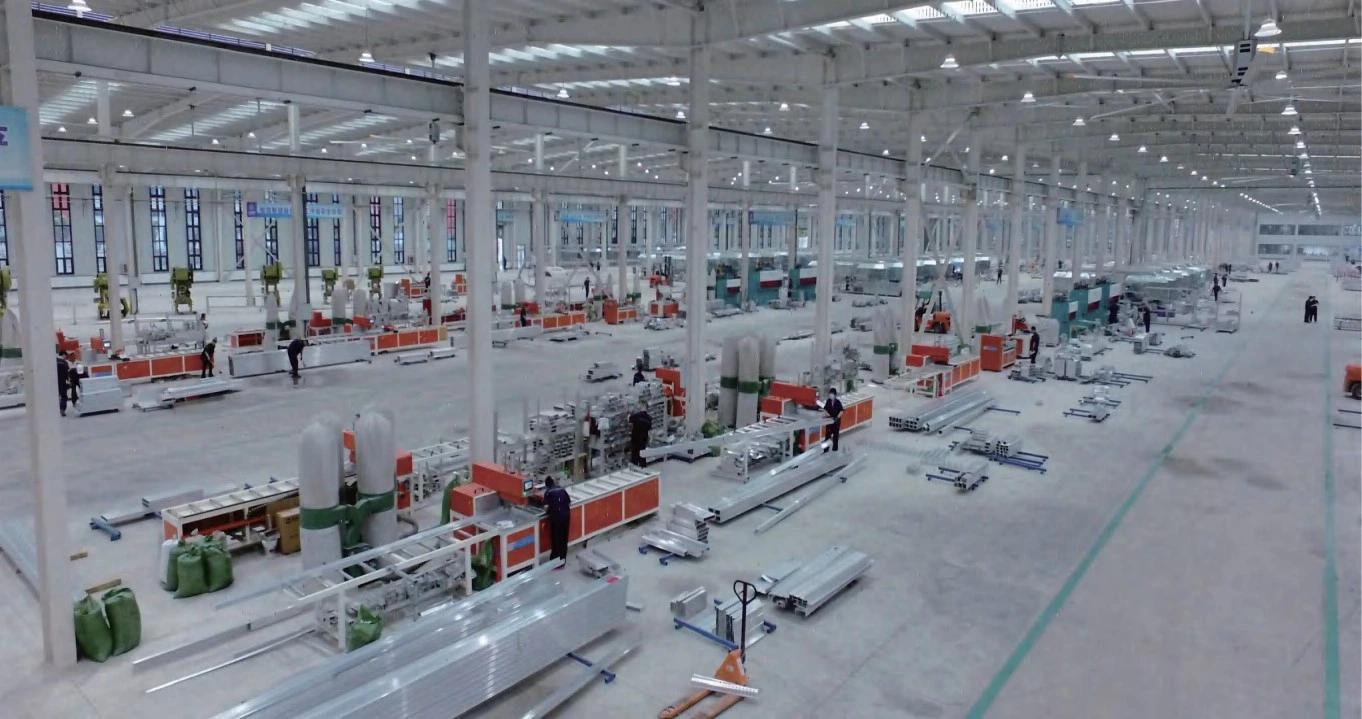
How GOWE Products Enhance Your Workflow
Seamless Integration with Robotic Arms and Sensors
GOWE products work smoothly with robotic arms and sensors. They support smart choices using real-time site data.
Real-Time Monitoring Capabilities for Performance Optimization
Our systems include IoT features. Managers can check load stress or runtime data remotely. This helps plan maintenance and avoid delays.
Durable Materials That Extend Operational Lifespan
GOWE High-Strength Stainless Steel Formwork offers great strength. It resists rust, impact, and chemicals. This suits marine or industrial sites. It ensures long use across projects.
FAQ
Q: How does automation improve efficiency in concrete form?
A: Automation speeds up setup. Machines place panels exactly. This ensures steady quality without manual work.
Q: Can robots replace all manual labor involved in formwork?
A: Not fully. Robots handle repeated tasks like panel placement. Workers still manage oversight or special adjustments.
Q: Are automated systems suitable for small-scale construction projects?
A: Yes. Modular systems scale down. They work for small builds seeking better efficiency.
Q: What types of materials work best with automated formwork systems?
A: Aluminum alloy is ideal. It is light and strong. Stainless steel also works due to its resistance to rust.
Q: Do automated systems require frequent maintenance?
A: No. They include self-check tools. These spot issues early. This cuts downtime with planned maintenance.

